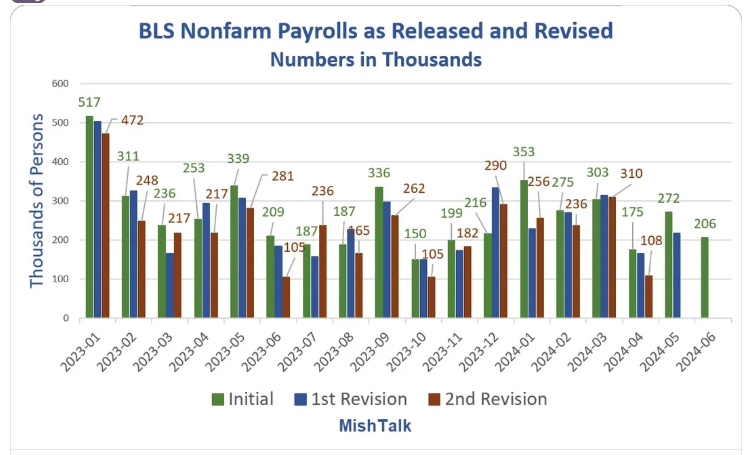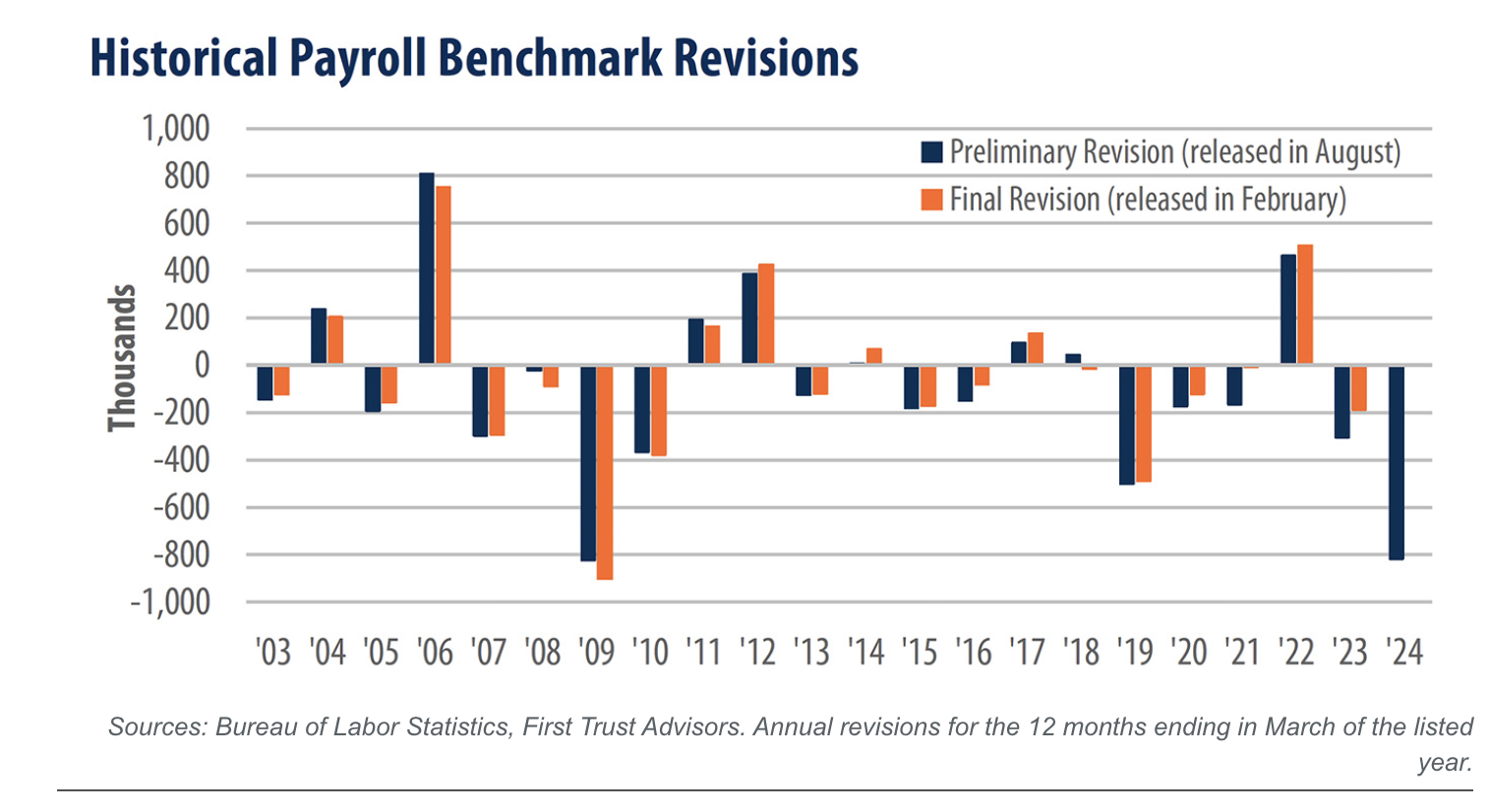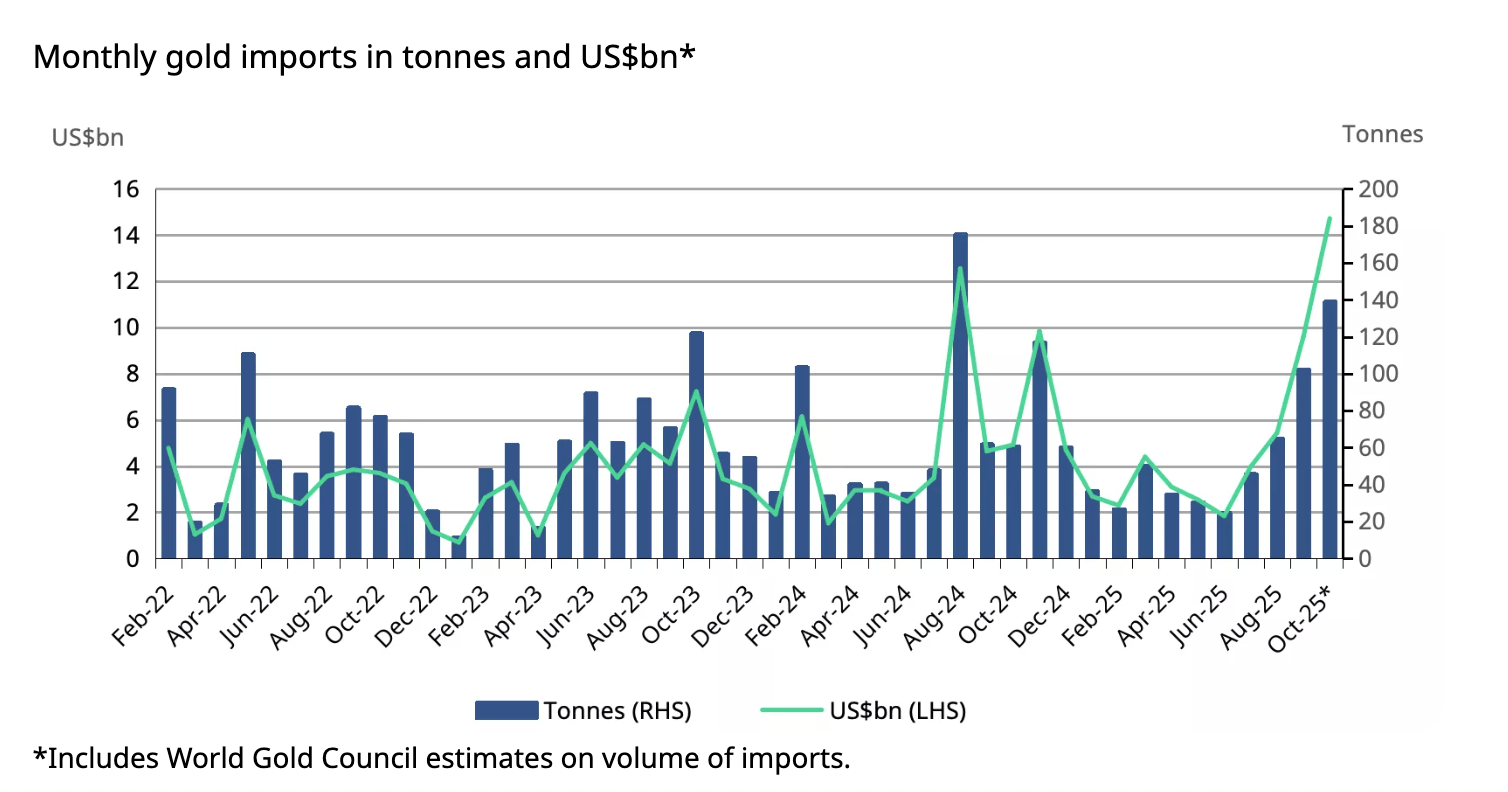(Ken Silva, Headline USA) Earlier this month, Blaze Media reported that the person who allegedly planted pipe bombs near the RNC and DNC headquarters ahead of the Jan. 6, 2021, Capitol Hill protest is likely a former Capitol Police officer who now works for the CIA.
However, CBS reported Tuesday that Blaze’s suspect has an airtight alibi. Indeed, the person reportedly “had video of her playing with her puppies at the time the [pipe bombs] were placed.”
“The FBI has now ruled her out as a suspect in the 2021 plot … but only after her name circulated on social platforms and [Blaze],” CBS reported, citing three anonymous sources.
CBS further reported that the rumors about Blaze’s so-called suspect resulted in a memo drafted at the Office of the Director of National Intelligence.
“ODNI officials said the agency received a tip from a person affiliated with a media organization about potential criminal wrongdoing by an individual believed to be working at an intelligence agency and set about documenting it in a memo,” CBS reported.
“A short time after the unfinished memo began to circulate, the conservative news outlet, Blaze News, published details similar to those in the draft, including the woman’s full name.”
In its story, Blaze said it based its findings largely on “gait recognition” software, which analyzes how someone walks. The software reportedly found that the suspect’s gait is a “94%-98% match” to that of a former Capitol Police officer. Blaze also reported that the FBI traced a DC Metrorail SmarTrip card to its so-called suspect’s neighbors, putting agents right outside of her doorstep.
Blaze identified that person, but Headline USA is not publishing the name because the evidence is circumstantial at best.
The Blaze’s story went viral, garnering millions of views on Twitter/X and other social media sites. But on Nov. 14, the Washington Post published a statement from her attorney that rebuked the unconfirmed report.
“These shameful allegations are recklessly false, absurd, and defamatory. [The person named by Blaze] categorically denies them,” the attorney, former Justice Department prosecutor Steve Bunnell, told the Post.
The attorneys’ statement followed DOJ special attorney Ed Martin also saying that the former Capitol Police officer wasn’t suspect. Additionally, FBI Deputy Director Dan Bongino said Thursday that “some of the media reporting regarding prior persons of interest is grossly inaccurate and serves only to mislead the public.”
Even before CBS News reported about the so-called suspect’s alibi, Blaze already had to issue several corrections to its reporting.
For instance, the Blaze initially implied that it was the actual pipe bomber who used the so-called suspect’s neighbor’s SmarTrip card on the night of Jan. 5, when the pipe bombs may have been placed near the RNC and DNC headquarters. In fact, it was the neighbor’s friend who used the SmarTrip card, and he was back in Falls Church, Virginia before the actual suspect is seen on surveillance footage released by the FBI. The FBI has cleared both the neighbor and his friend as suspects.
Blaze also initially reported that its culprit works on CIA Director John Ratcliffe’s security detail, but had to run a correction after the agency clarified that she only works campus security.
It’s unclear if the publication reached out to the person it named—and likely defamed—for comment before running its story. The Blaze has since published her denial. Blaze editor in chief Christopher Bedford said he was pulled over by local police after stopping to observe her home the night before publication. He was allowed to leave.
Pipe Bomb Case History
As Headline USA revealed in March 2024, the FBI had a suspect identified by Jan. 10, 2021 in the pipe bomb case, but never made any arrests.
FBI records released in September revealed that agents didn’t interview the woman who discovered a pipe bomb near the RNC around 12:40 p.m. on Jan. 6 until days later. That woman, former counterterrorism analyst and then-Commerce Department worker Karlin Younger, said she found the bomb while doing laundry.
Meanwhile, former Vice President Kamala Harris continues to be tight-lipped on the subject, despite the fact that her motorcade drove past the DNC pipe bomb on Jan. 6. Harris left the Capitol at 11:21 a.m. arrived to the DNC at 11:25 a.m., but the nearby pipe bomb wasn’t discovered until 1:07 p.m. by a plainclothes Capitol Police officer.
The lack of answers have driven many to suspect that it may have been a false-flag attempt overseen by the feds themselves to divert law enforcement from the Capitol right as the Jan. 6 protest was turning violent.
Rep. Morgan Griffith, R-Va., has said that it may be impossible to successfully prosecute the pipe bomber, even if he or she is ever arrested.
“Here’s what a good criminal defense attorney’s going to say: If you identified the individual who’s believed to place the bomb, then hours go by, and you had a search by the Secret Service at the DNC and the dog didn’t find the explosive—so clearly, the device [the defense attorney’s] client might have left there wasn’t the device that was determined to be the pipe bomb, because it wasn’t picked up by the bomb-sniffing dog,” Griffith argued in March 2024.
Blaze Reporter Steve Baker’s Dubious Journalism
Baker was the lead reporter on the Blaze’s unconfirmed pipe bomb story. Baker has a long history of reporting dubious and downright false information.
In August 2024, for instance, he reported that the alleged pipe bomber seemingly interacting with Capitol Police while walking around DC the night of Jan. 5, 2021. However, that turned out to be false. The pipe bomb suspect seen walking by the Capitol Hill Club was not the same person as someone who walked towards Capitol Police vehicles minutes later.
In that blunder, one of Baker’s sources was former FBI agent Kyle Seraphin, who is also a source in his story naming the supposed pipe bomb suspect. Seraphin is currently being sued for his own blunder—baselessly accusing FBI Director Kashyap Patel’s girlfriend of being an Israeli intelligence asset. Seraphin’s defense is that he was joking when he said that.
A month before reporting a fake pipe bomb story, Baker reported in July 2024 that a Secret Service counter-sniper shot the would-be assassin at Butler, Pennsylvania, from 448 yards away. In fact, the counter-sniper who shot the would-be assassin was about 150 yards away. Baker never ran a correction on his false report.
Additionally, Baker has claimed to have evidence that the Pentagon authorized “directed energy weapons” to be used during the 2020 leftist riots, and that such weapons may also have been used on Jan. 6, 2021. Baker has yet to provide any evidence of this.
Ken Silva is the editor of Headline USA. Follow him at x.com/jd_cashless.















